Home>Storage & Organization>Closet & Wardrobe Organization>How To Organize An Entryway
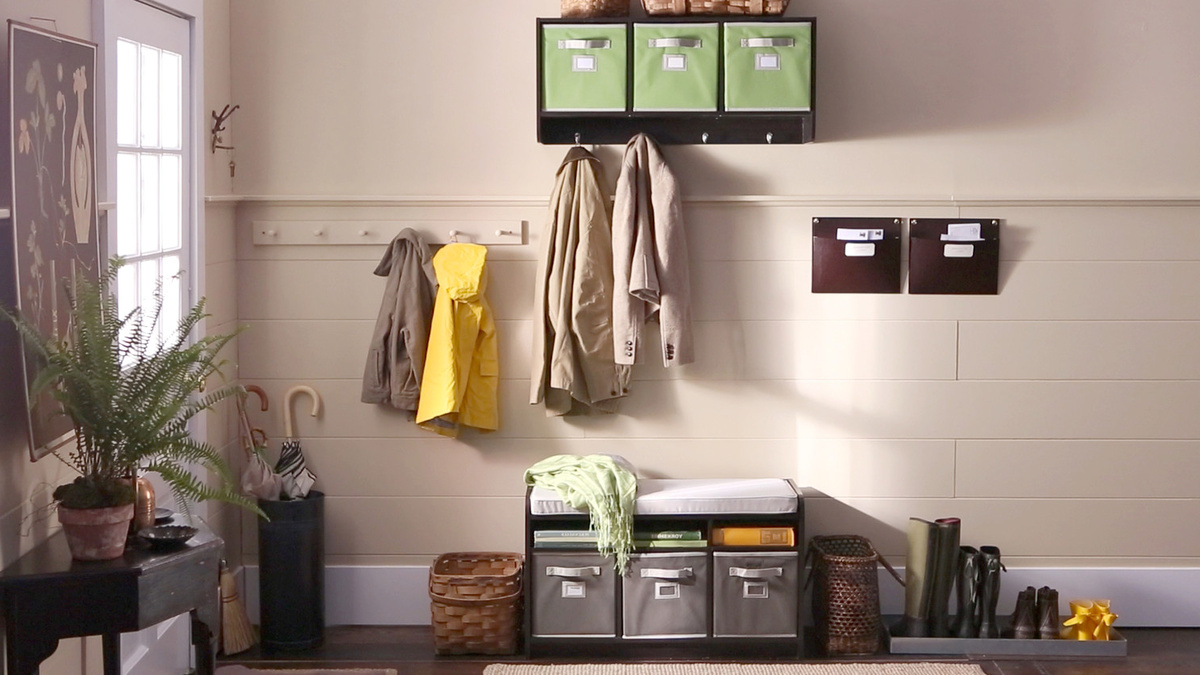

Closet & Wardrobe Organization
How To Organize An Entryway
Published: March 2, 2024
Learn how to effectively organize your entryway with our expert tips for closet and wardrobe organization. Create a functional and stylish space today!
(Many of the links in this article redirect to a specific reviewed product. Your purchase of these products through affiliate links helps to generate commission for Storables.com, at no extra cost. Learn more)
Importance of an Organized Entryway
An organized entryway is more than just a place to hang your coat and kick off your shoes. It sets the tone for the rest of your home and creates a welcoming first impression for guests. A cluttered and chaotic entryway can make it difficult to find what you need and can lead to unnecessary stress as you rush out the door. By organizing your entryway, you can streamline your daily routine, reduce clutter, and create a more functional and aesthetically pleasing space. An organized entryway also helps to maintain the cleanliness of your home by preventing dirt and clutter from spreading further into your living space.
Key Takeaways:
- An organized entryway sets the tone for your home, reduces stress, and maintains cleanliness. Assess your space, choose the right storage solutions, and create a functional layout to make your entryway both practical and visually appealing.
- Personalize your entryway with decor and maintain it with regular decluttering and upkeep. By infusing personal touches and following maintenance tips, you can create a welcoming and organized space for your family and guests.
Assessing Your Entryway Space
When it comes to organizing your entryway, the first step is to assess the available space. Take a good look at the layout and dimensions of your entryway. Consider the traffic flow and how you and your family members move through the space on a daily basis. Identify any obstacles or areas that tend to accumulate clutter.
Measure the available wall space, floor space, and any alcoves or nooks that could be utilized for storage. This will help you determine the types of storage solutions that will fit in the space without overwhelming it. Additionally, take note of any architectural features such as windows, doors, and outlets that may impact the placement of storage furniture and decor.
Consider the specific needs of your household. Do you need space for shoes, coats, bags, or keys? Are there items that tend to pile up in the entryway, such as mail or school supplies? Understanding the specific storage and organizational challenges you face will guide you in selecting the most effective solutions for your entryway.
Lastly, take into account the overall style and design of your home. Your entryway should complement the rest of your living space and reflect your personal taste. Assessing your entryway space thoroughly will provide a solid foundation for creating an organized and functional entry area that meets your unique needs.
Choosing the Right Storage Solutions
When it comes to organizing your entryway, selecting the right storage solutions is crucial for creating a functional and clutter-free space. Here are some key considerations to keep in mind when choosing the right storage solutions for your entryway:
-
Entryway Bench with Storage: A bench with built-in storage is a versatile and practical option for entryways. It provides a convenient place to sit while putting on or taking off shoes, and the storage compartments underneath can hold footwear, umbrellas, and other items. Look for a bench with a design that complements your entryway decor and offers enough storage space to accommodate your needs.
-
Wall-Mounted Hooks and Shelves: Wall-mounted hooks and shelves are excellent for keeping frequently used items within easy reach. Install sturdy hooks for hanging coats, hats, and bags, and consider adding a shelf or two for displaying decorative items or storing smaller essentials like keys and sunglasses.
-
Shoe Storage Solutions: Shoes can quickly clutter up an entryway if not properly organized. Consider shoe racks, cubbies, or even a shoe cabinet to keep footwear neatly arranged and off the floor. Choose a shoe storage solution that fits the size of your family's shoe collection and can be easily accessed.
-
Baskets and Bins: Utilize baskets and bins to corral miscellaneous items such as scarves, gloves, and pet leashes. Opt for stylish baskets that complement your decor and can be easily moved around as needed. Labeling the baskets can also help everyone in the household quickly find what they need.
-
Console Table with Drawers: A console table with drawers offers both surface space for decorative elements and concealed storage for items you want to keep out of sight. Use the drawers to store items like mail, keys, and other everyday essentials, keeping them organized and easily accessible.
-
Over-the-Door Organizers: If space is limited, consider using over-the-door organizers for storing items such as hats, gloves, and scarves. These organizers maximize vertical space and can be a great solution for small entryways.
When selecting storage solutions for your entryway, prioritize functionality, durability, and aesthetic appeal. Choose pieces that not only help keep your entryway organized but also enhance the overall look and feel of the space. By carefully considering your storage needs and the available space, you can create an entryway that is both practical and visually appealing.
Use baskets or bins to store shoes, keys, and other small items in your entryway. This will help keep the area organized and clutter-free.
Creating a Functional Layout
When it comes to creating a functional layout for your entryway, it's essential to optimize the available space to ensure smooth traffic flow and efficient use of storage solutions. Here are some key tips for designing a functional layout for your entryway:
-
Clear Pathways: Ensure that there are clear pathways for entering and exiting the space. Avoid placing furniture or storage units in a way that obstructs the natural flow of movement. This will prevent congestion and make it easier for you and your family members to move through the entryway without obstacles.
-
Zone Designation: Divide the entryway into specific zones based on the activities and items that will be stored there. For example, designate a zone for storing shoes, a zone for hanging coats and bags, and a zone for smaller items like keys and mail. This zoning approach helps to maintain order and makes it easier to locate and access the items you need.
-
Functional Furniture Placement: Arrange furniture such as benches, console tables, and storage units in a way that maximizes their functionality. Place a bench near the door for convenient shoe removal and storage. Position a console table with drawers near the entry for quick access to everyday essentials. Consider the placement of wall-mounted hooks and shelves to ensure they are easily reachable and can accommodate the items they are intended to hold.
-
Consider Traffic Flow: Take into account the natural traffic flow in your entryway when positioning furniture and storage solutions. If the entryway serves as a thoroughfare to other parts of the home, ensure that the layout allows for easy passage without causing congestion. Consider the placement of doors, windows, and any architectural features that may impact the flow of movement.
-
Maximize Vertical Space: If floor space is limited, make use of vertical space for storage. Install wall-mounted shelves, hooks, and organizers to take advantage of the available wall space. This not only keeps the floor clear but also provides additional storage without encroaching on the walking area.
-
Maintain Accessibility: Ensure that the items stored in the entryway are easily accessible to everyone in the household. Consider the height of hooks, the depth of storage compartments, and the ease of opening drawers to make sure that everyone, including children and individuals with mobility challenges, can use the entryway efficiently.
By carefully planning the layout of your entryway, you can create a space that is not only organized and functional but also visually appealing and conducive to a smooth transition between the outdoor and indoor environments. A well-designed layout sets the foundation for an entryway that meets the practical needs of your household while making a positive first impression on anyone who enters your home.
Adding Personal Touches and Decor
Personalizing your entryway with thoughtful touches and decor is the key to making it feel warm, inviting, and reflective of your unique style. Here are some creative ideas for adding personal touches and decor to your entryway:
-
Gallery Wall: Create a gallery wall using framed family photos, artwork, or inspirational quotes. This not only adds a personal touch but also serves as a conversation starter for guests.
-
Statement Mirror: Hang a decorative mirror to add visual interest and create the illusion of a larger space. Choose a mirror with an ornate frame or a unique shape to make a stylish statement.
-
Seasonal Wreaths: Rotate seasonal wreaths on your front door to reflect the time of year. Whether it's a vibrant spring floral wreath or a festive holiday wreath, it adds a welcoming touch.
-
Personalized Doormat: Welcome guests with a personalized doormat featuring your family name, a cheerful greeting, or a whimsical design. It's a small detail that makes a big impact.
-
Greenery and Plants: Incorporate potted plants or a small indoor garden to bring a touch of nature into your entryway. Choose low-maintenance plants that thrive in indoor environments.
-
Functional Decor: Opt for decor that serves a purpose, such as decorative baskets for storing items, a stylish umbrella stand, or a decorative tray for organizing keys and mail.
-
Accent Lighting: Install a statement light fixture or wall sconces to add warmth and ambiance to your entryway. Consider using dimmable lights to create a welcoming atmosphere.
-
Personal Collections: Display items that hold sentimental value, such as vintage collectibles, travel souvenirs, or family heirlooms. These personal touches add character and tell a story.
-
Custom Artwork or Crafts: Showcase your own artwork, DIY crafts, or handmade decor pieces to infuse the space with your creativity and personal expression.
By infusing your entryway with personal touches and decor that resonate with you and your family, you can transform it into a space that not only functions efficiently but also reflects the warmth and personality of your home. These personal elements create a lasting impression and set the tone for the rest of your living space.
Maintenance and Upkeep Tips
Maintaining an organized entryway requires ongoing attention and care to ensure that the space remains functional and clutter-free. Here are some essential maintenance and upkeep tips to keep your entryway in top shape:
-
Regular Decluttering: Schedule regular decluttering sessions to keep the entryway free of unnecessary items. Discard or donate items that are no longer needed, and return misplaced items to their designated storage areas.
-
Daily Tidying Routine: Incorporate a daily tidying routine to keep the entryway neat and organized. Spend a few minutes each day to put away items, hang up coats, and straighten out any clutter.
-
Seasonal Rotation: Rotate seasonal items such as outerwear, footwear, and decor to ensure that the entryway reflects the current season. Store off-season items in designated storage areas to free up space.
-
Cleaning and Maintenance: Regularly clean and maintain the storage furniture, hooks, shelves, and other elements in the entryway. Dust and wipe down surfaces, vacuum or sweep the floor, and address any maintenance needs promptly.
-
Check for Wear and Tear: Periodically inspect the entryway furniture and storage solutions for signs of wear and tear. Repair or replace any damaged or worn-out components to maintain the functionality and aesthetics of the space.
-
Reevaluate Storage Needs: As your household's needs change, reevaluate the storage needs in the entryway. Adjust the storage solutions and layout as necessary to accommodate new items or lifestyle changes.
-
Family Involvement: Encourage all family members to participate in maintaining the entryway's organization. Assign specific tasks and responsibilities to ensure that everyone contributes to keeping the space tidy.
-
Preventative Measures: Implement preventative measures to minimize clutter and dirt in the entryway. For example, use a doormat to trap outdoor debris, establish a designated area for incoming mail, and encourage the habit of immediately putting away items upon entering the home.
-
Address Clutter Hotspots: Identify any areas or surfaces in the entryway that tend to accumulate clutter, such as the top of a console table or the floor near the door. Implement strategies to address these clutter hotspots and prevent them from becoming disorganized.
-
Regular Assessment: Periodically assess the functionality and organization of the entryway to identify any areas that may need improvement. Make adjustments to the layout, storage solutions, or decor as needed to maintain an efficient and visually appealing entryway.
By incorporating these maintenance and upkeep tips into your routine, you can ensure that your organized entryway remains a practical and welcoming space for you and your family. Consistent attention to maintenance helps preserve the benefits of an organized entryway and minimizes the likelihood of clutter and disorganization taking over the space.
Frequently Asked Questions about How To Organize An Entryway
Was this page helpful?
At Storables.com, we guarantee accurate and reliable information. Our content, validated by Expert Board Contributors, is crafted following stringent Editorial Policies. We're committed to providing you with well-researched, expert-backed insights for all your informational needs.
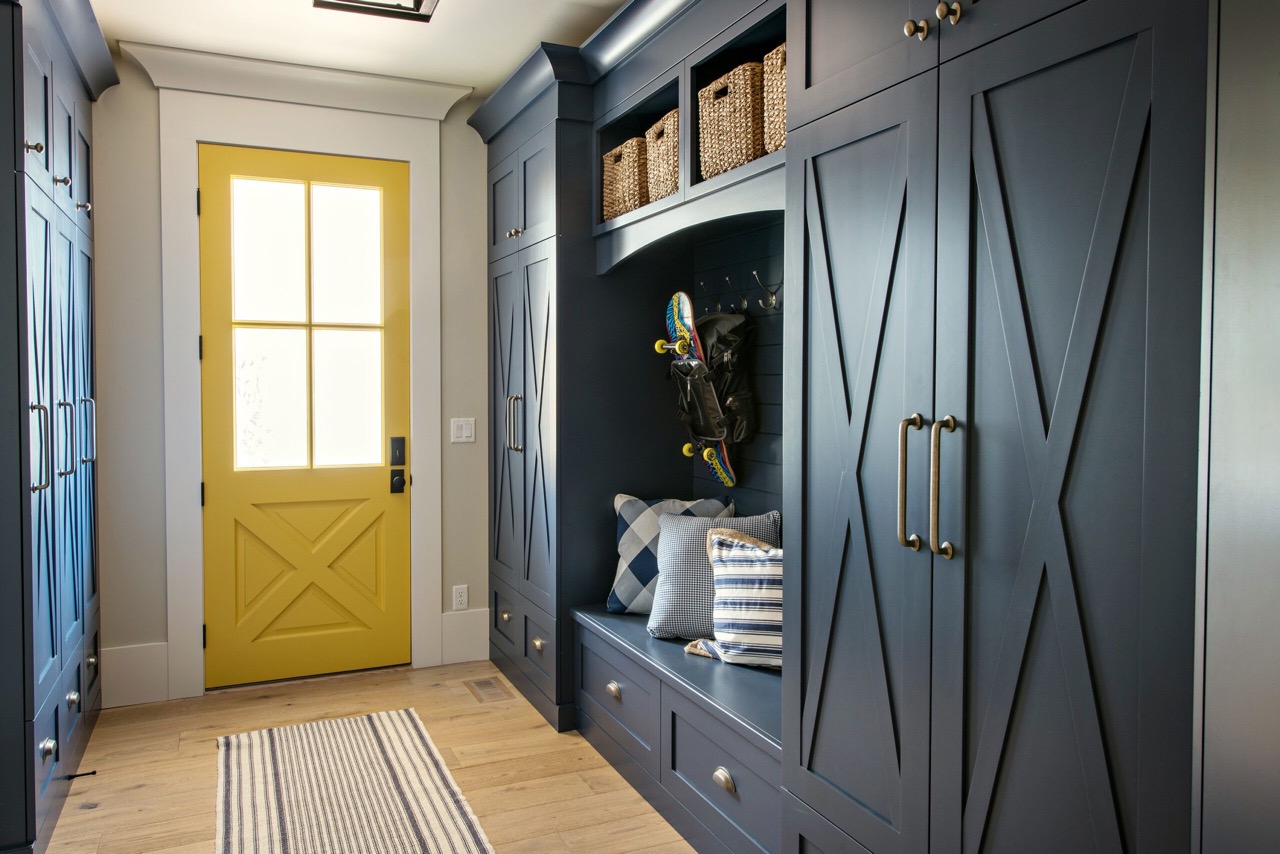
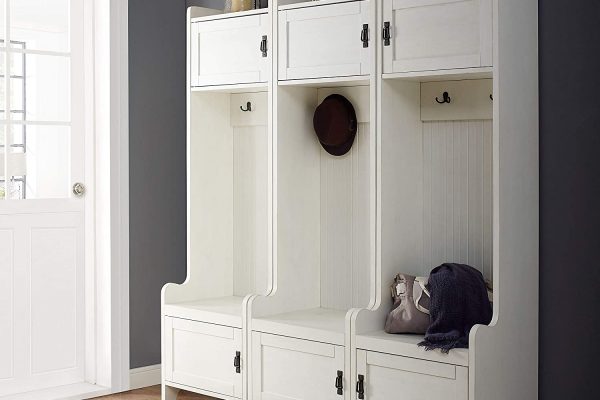
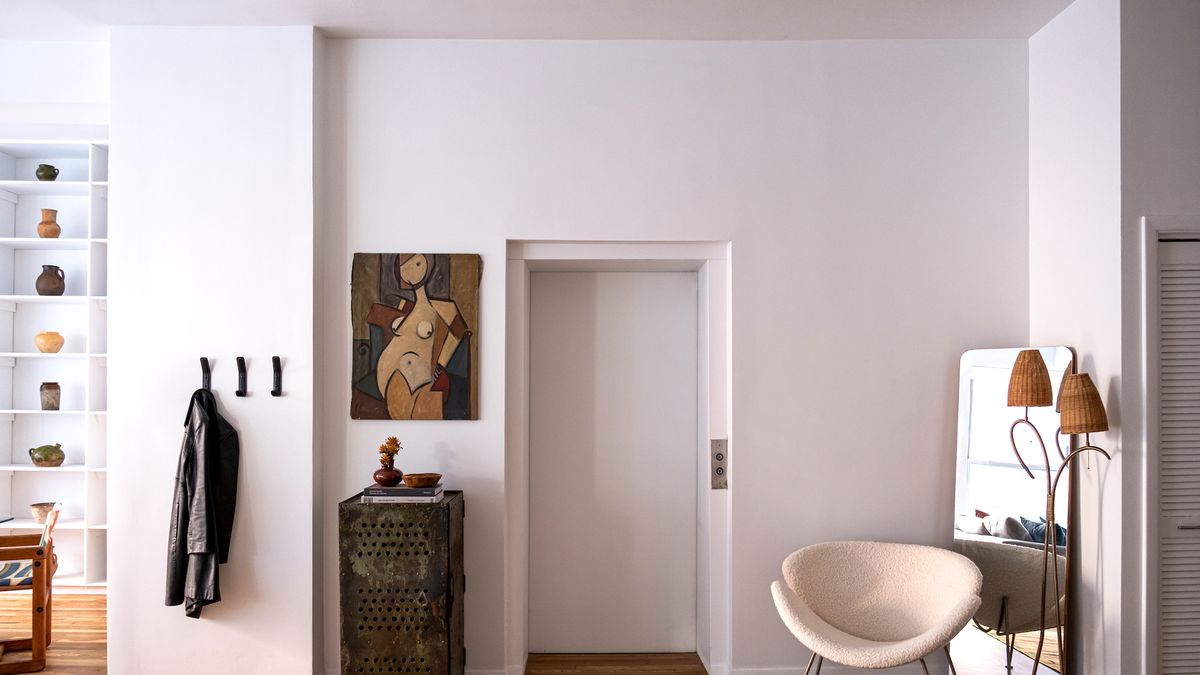
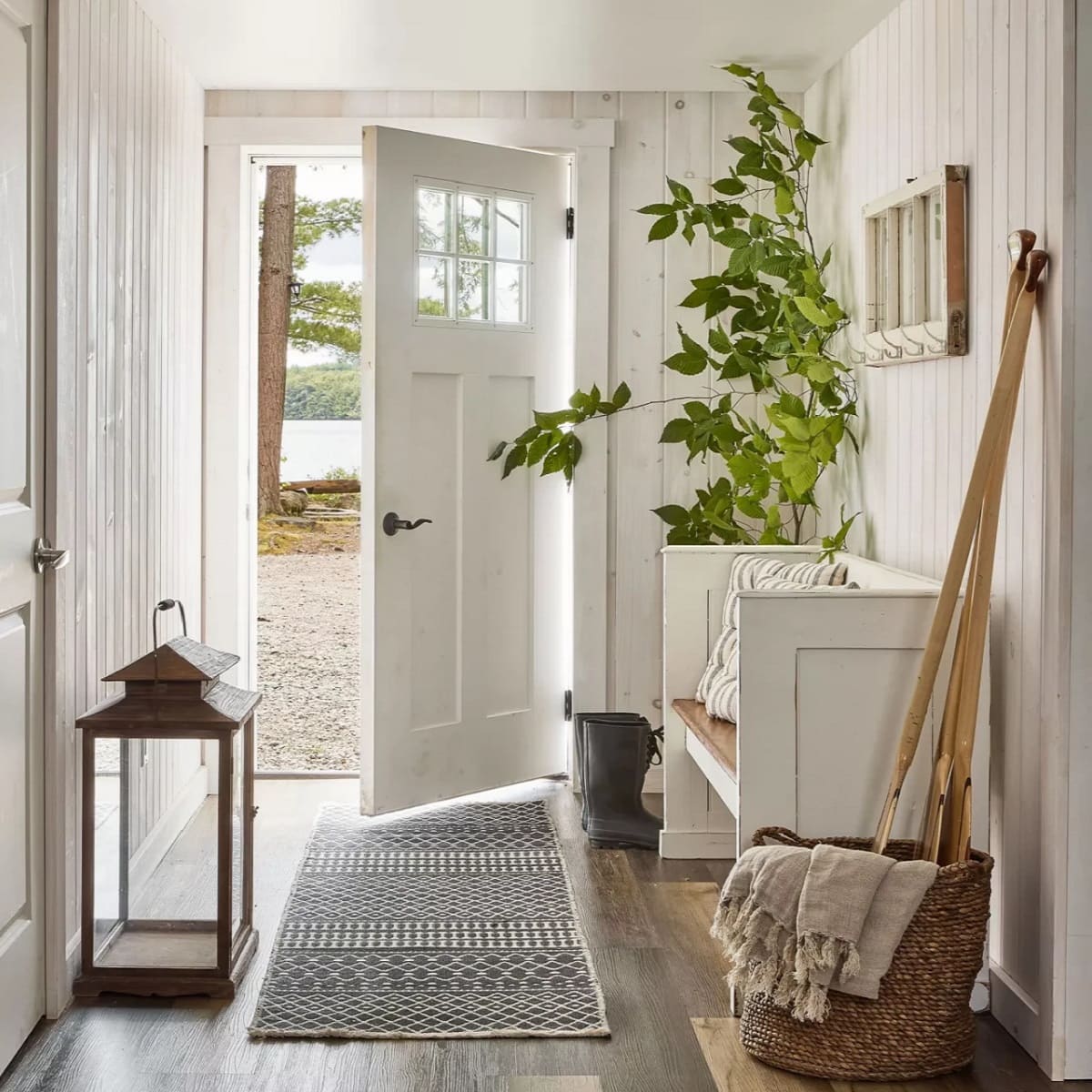
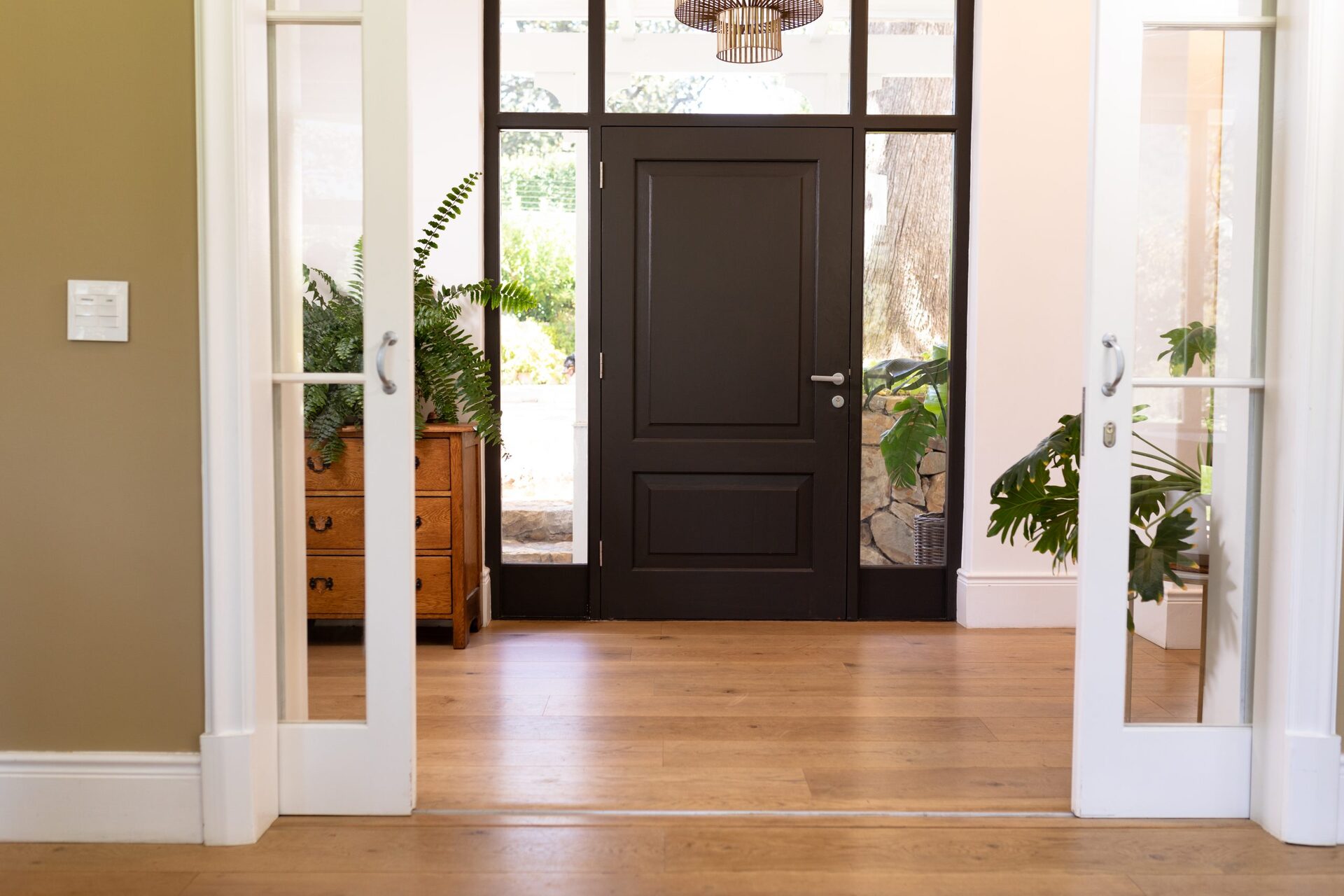
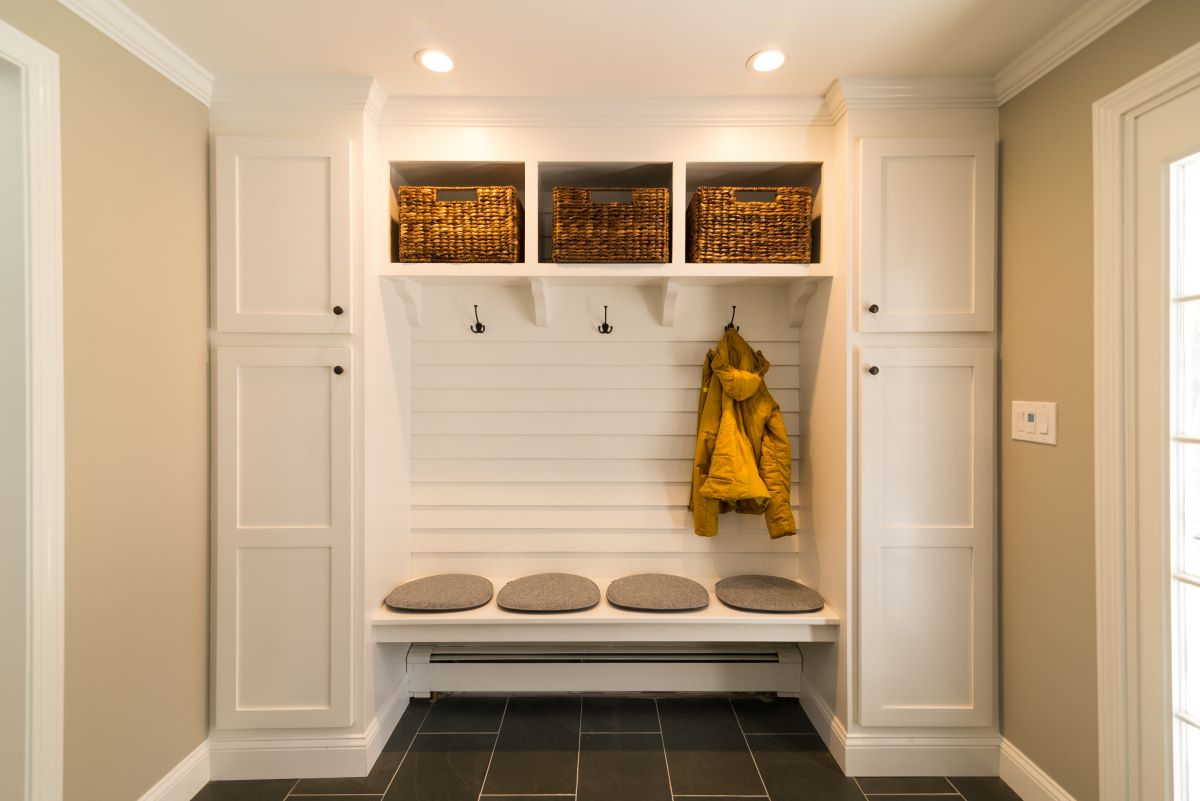
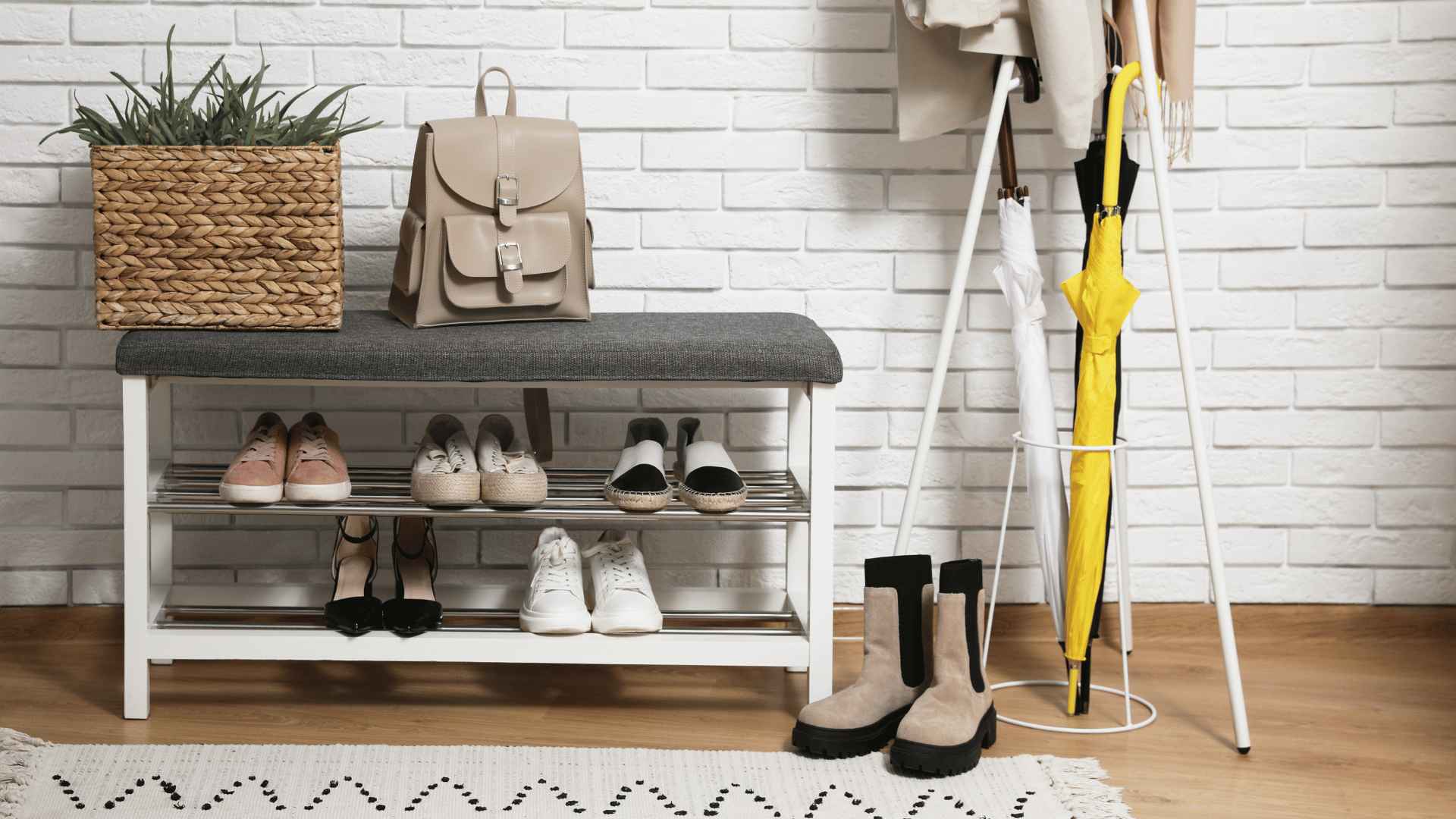
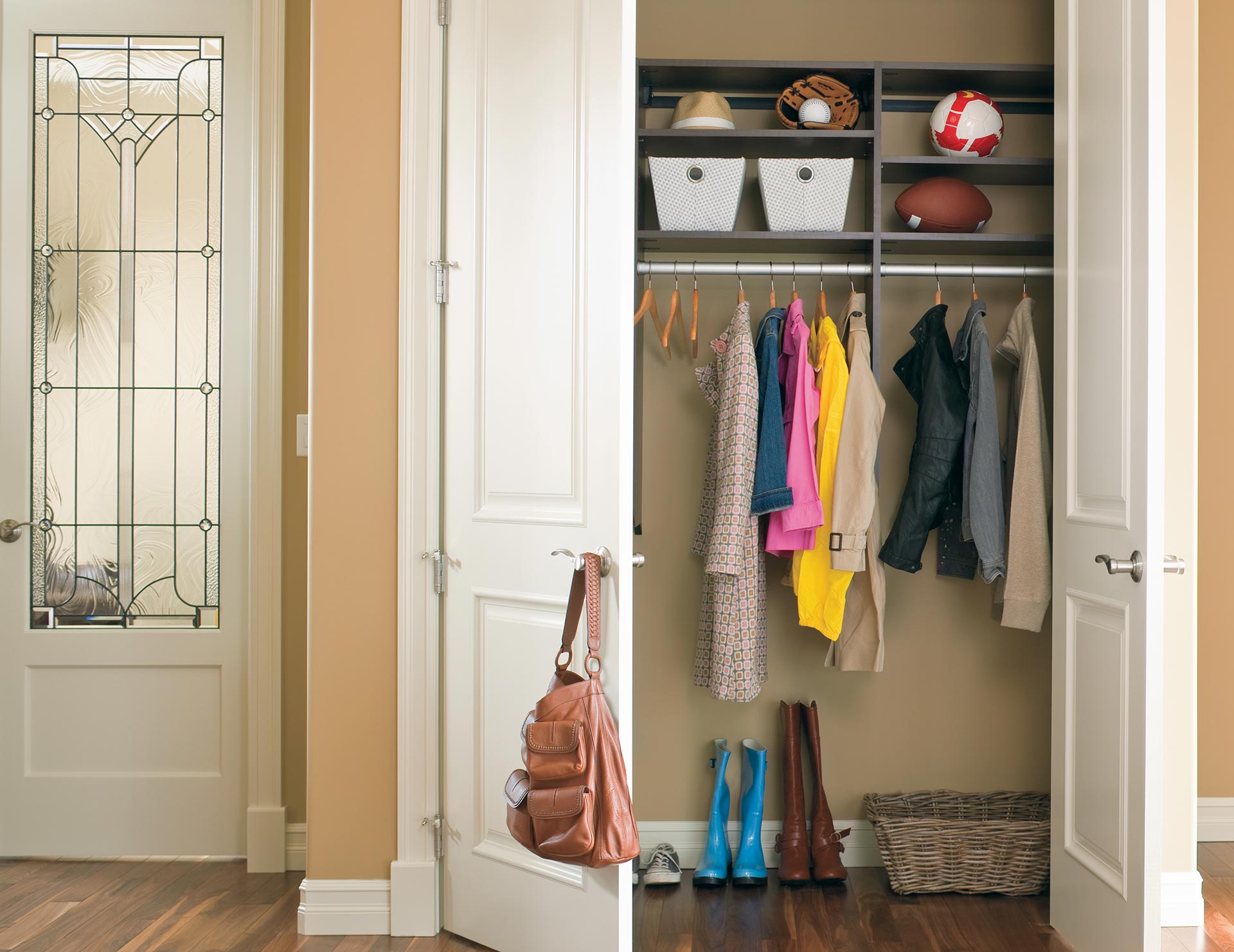
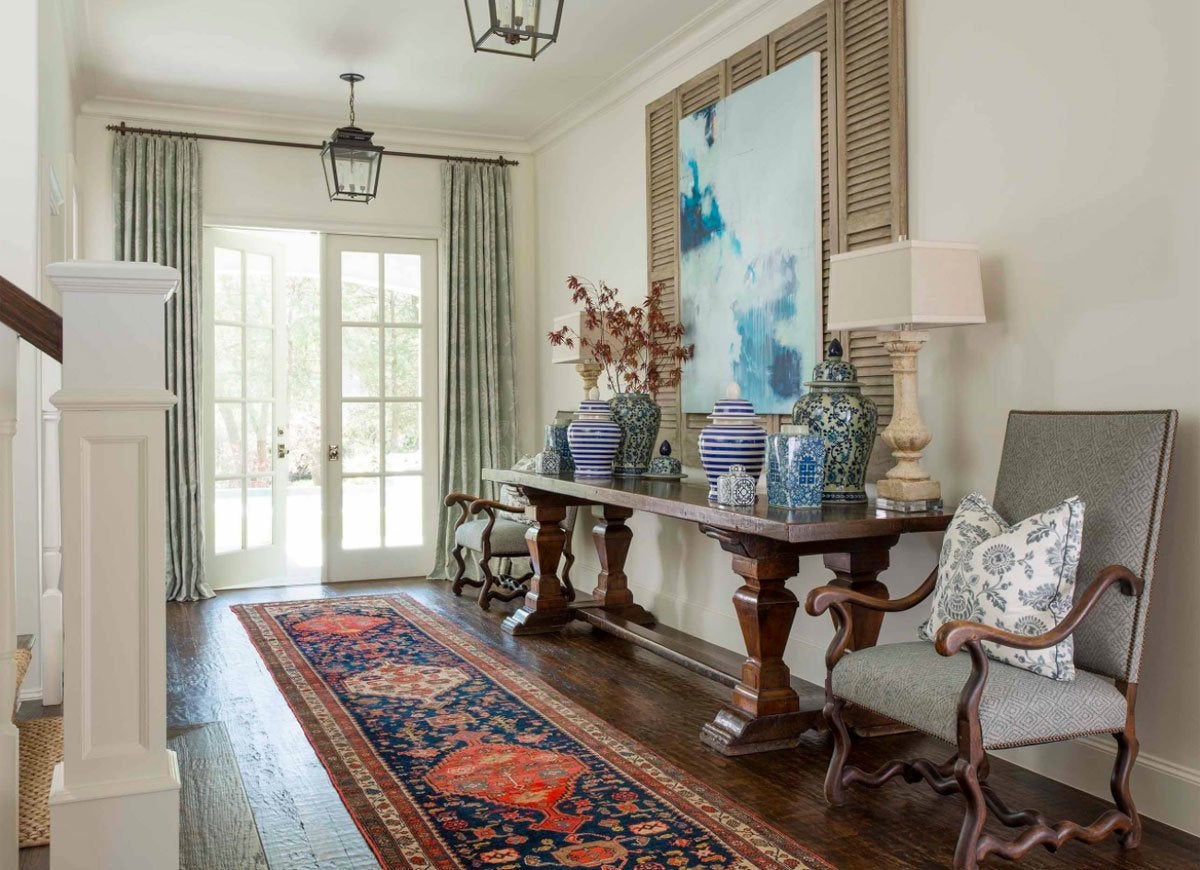
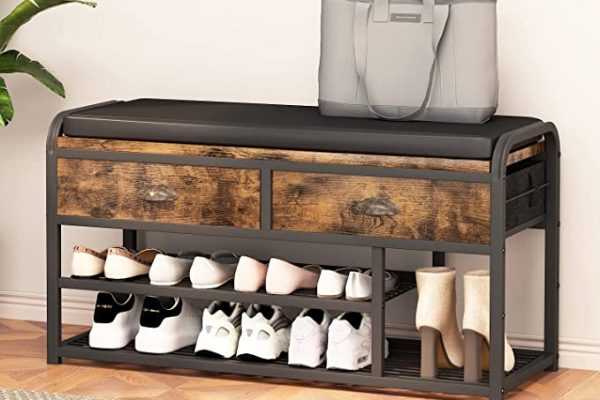
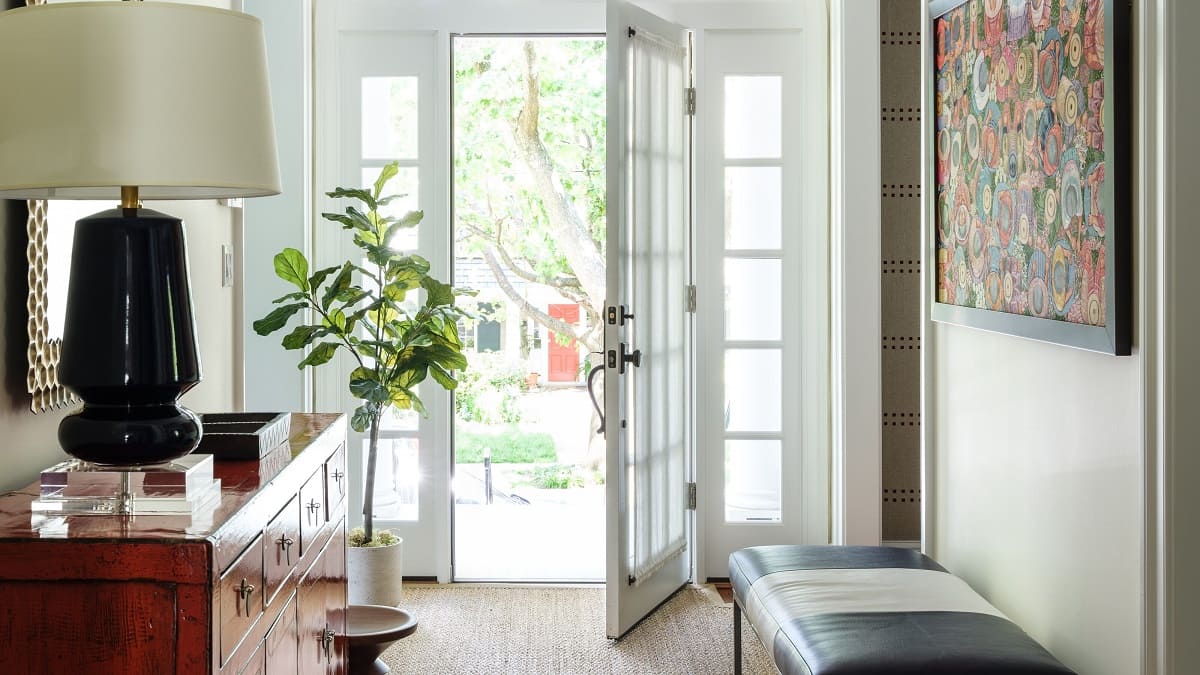
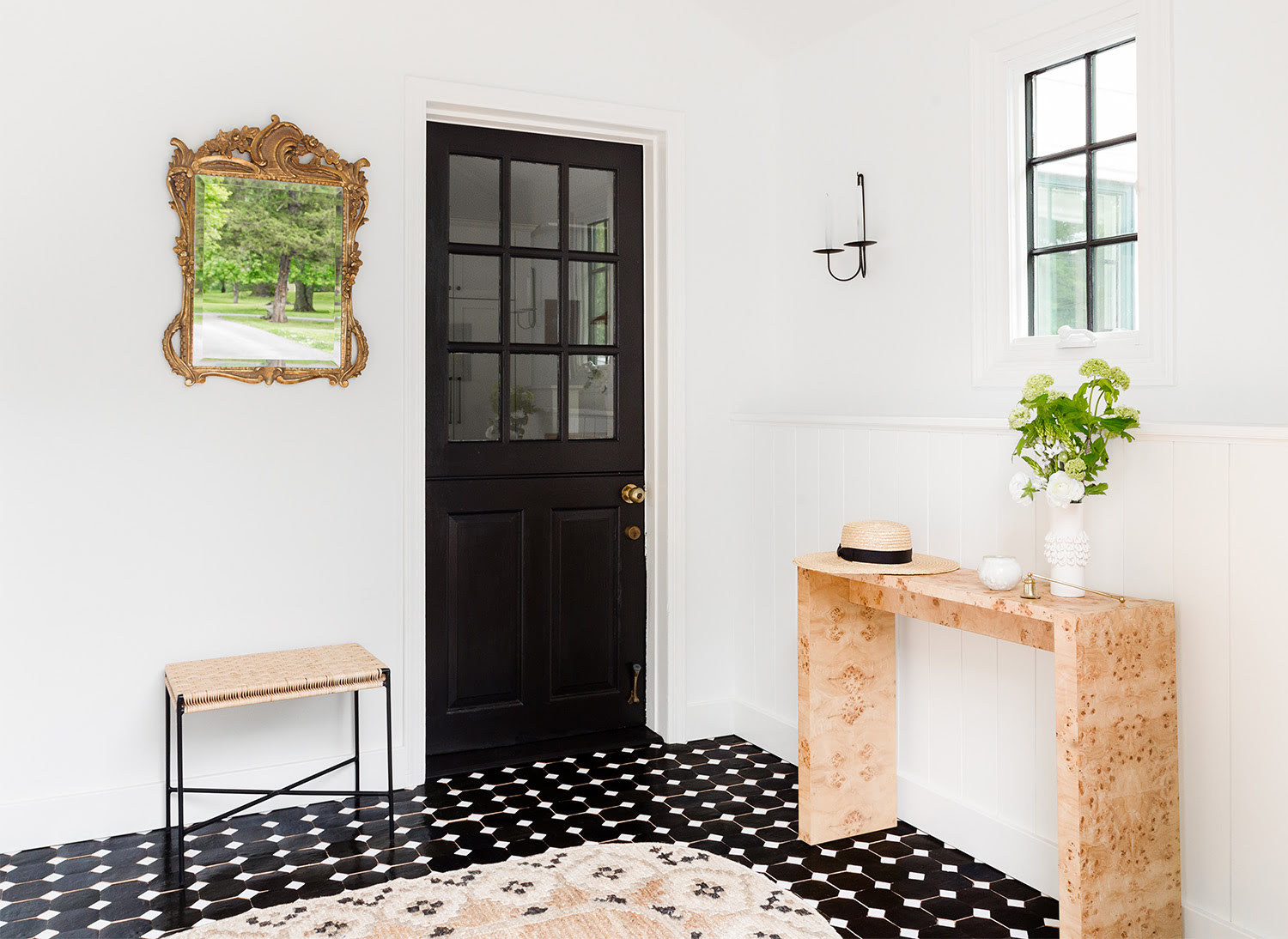
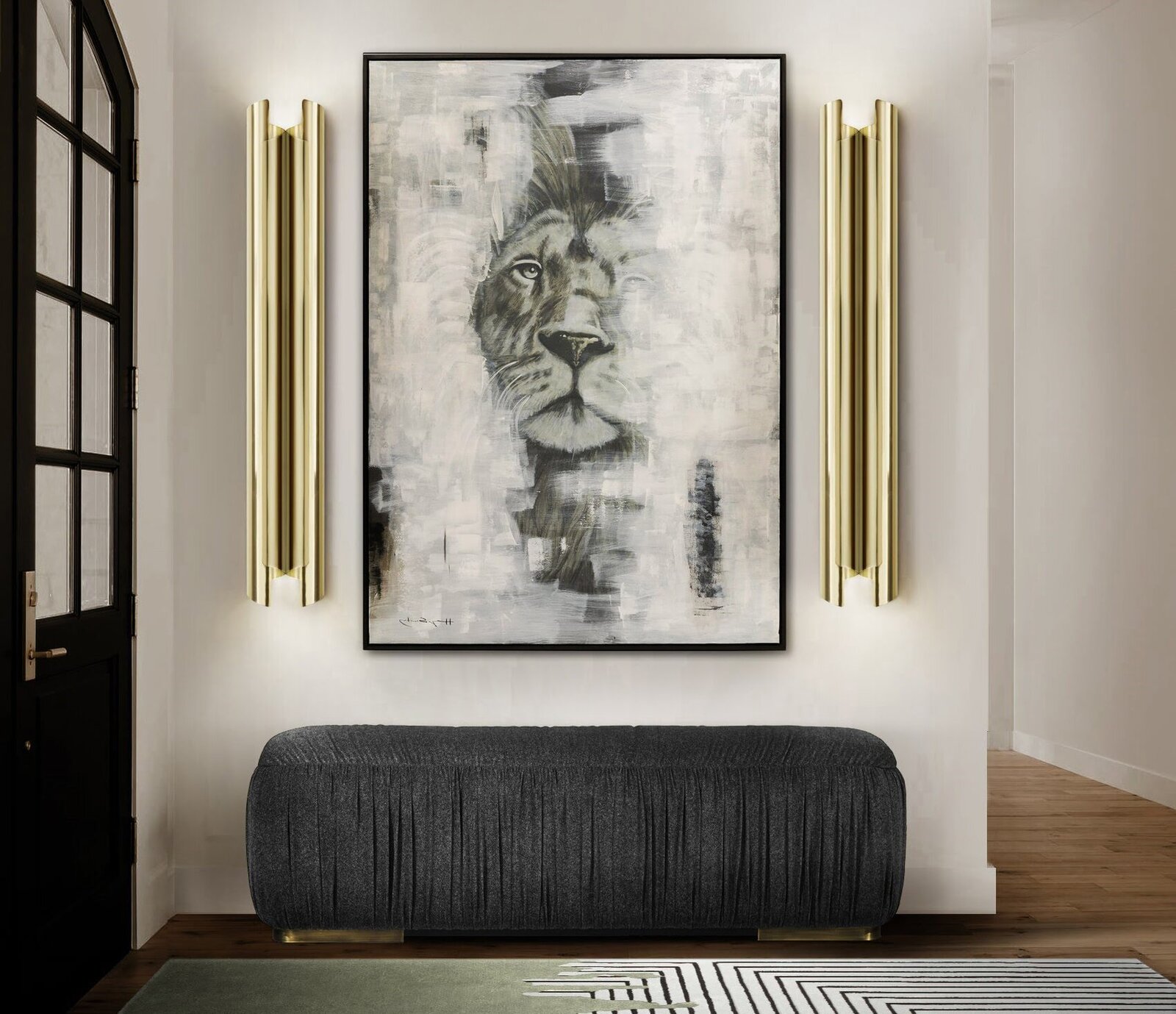
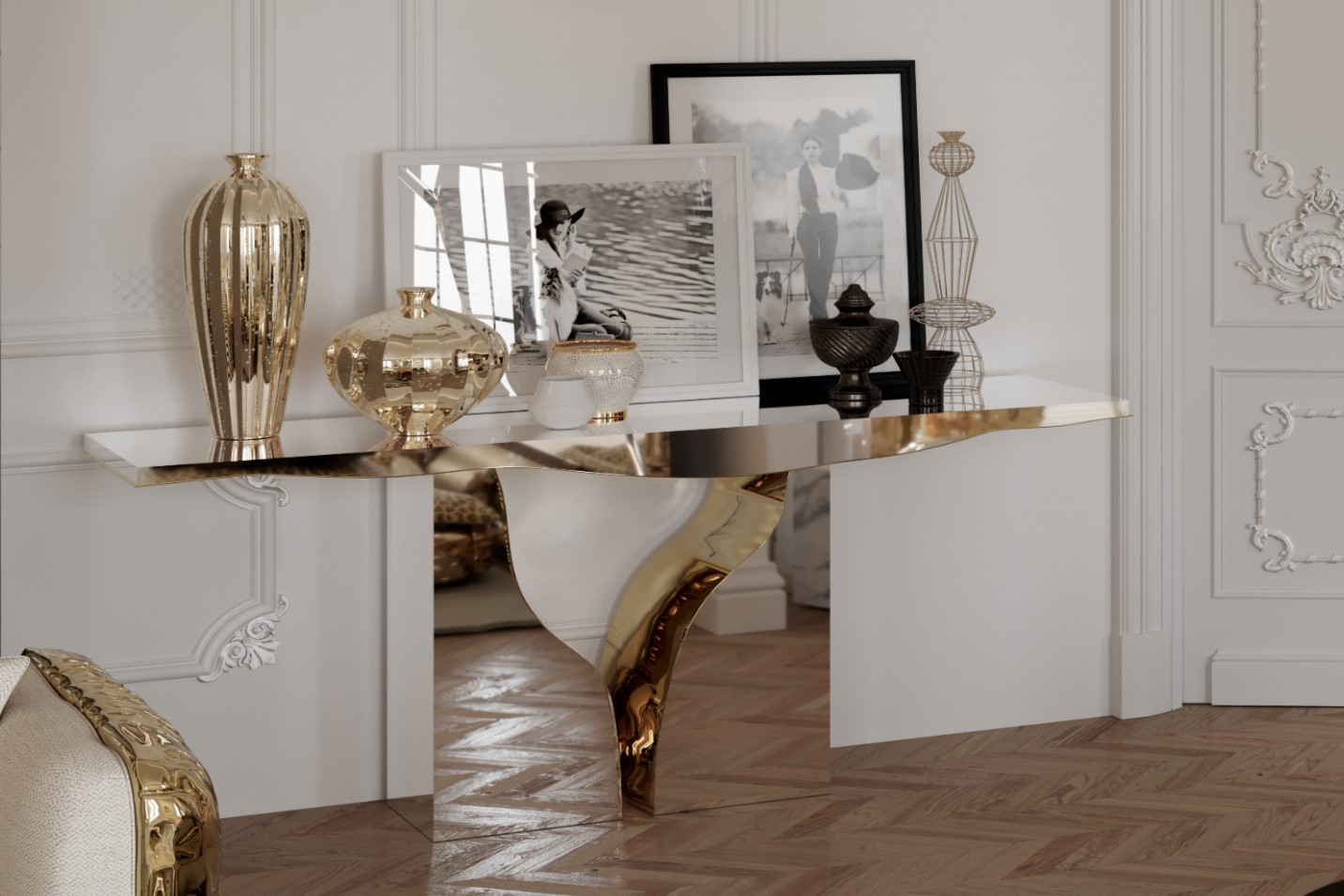

0 thoughts on “How To Organize An Entryway”